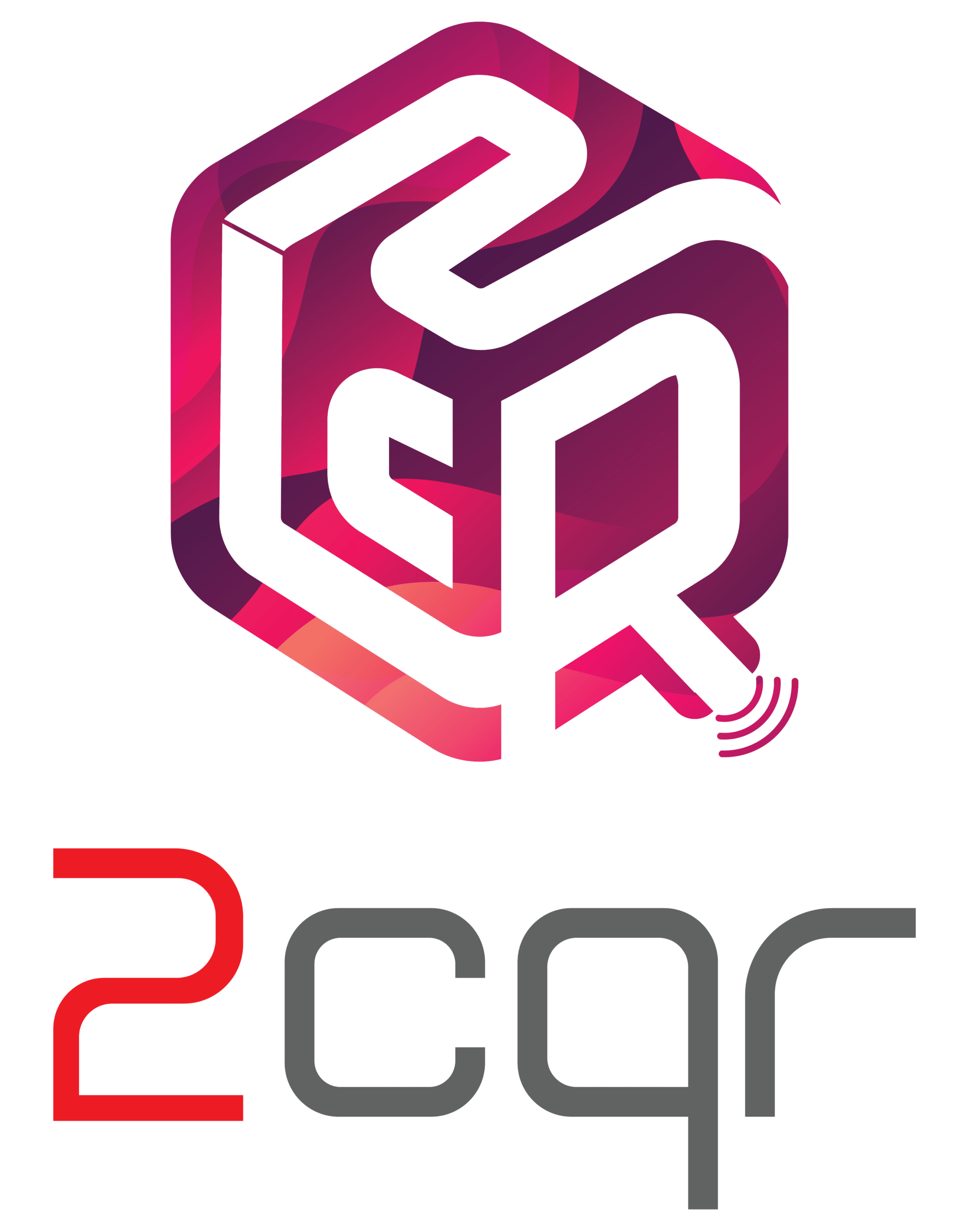What is RFID for manufacturing ?
- RFID technology has emerged as a game-changer in the manufacturing industry. It offers a seamless and efficient way to track and manage various aspects of the production process. By utilizing this technology, manufacturers can streamline their operations, reduce errors, and improve overall productivity.
- It utilizes wireless communication between RFID tags and readers to automate data collection, enabling manufacturers to gain real-time visibility and control over their operations.
- UHF RFID tags are most commonly used in manufacturing units . The long-range capabilities of these tags enable efficient and automated tracking across large areas or within complex manufacturing environments.
2CQR’s Role in RFID for Manufacturing
- 2CQR takes center stage in RFID for manufacturing, empowering businesses with its latest RFID-based object tracking solutions. As pioneers in the field, we specialize in utilizing UHF (Ultra-High Frequency) tags, readers and software to help manufacturing units workflow.
- With 2cqr’s innovative technology, manufacturing units can achieve seamless object tracking, enabling real-time monitoring and management of critical assets and inventory. Our solutions go beyond mere tracking; they provide actionable insights, empowering businesses to make data-driven decisions that lead to increased efficiency and optimized processes.

